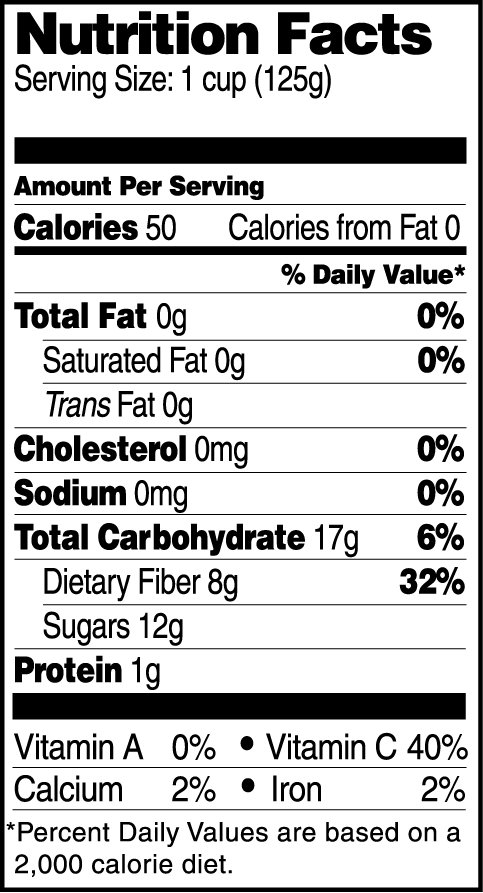Raspberries are part of the Rosaceae family of plants, which may sound familiar as this family also includes: apples, cherries, blackberries, peaches, strawberries and more. In fact, this rose family includes almonds as well – it’s quite a family, we’re tellin’ ya!
There are over 200 species of raspberries – 200! But if we are talking on a commercialized basis, the main three species are red raspberries, black raspberries, and purple raspberries. You are likely used to seeing red raspberries, but the other two are still considered raspberries! It can get tricky when we get into black raspberries, as you can imagine the confusion with blackberries given similar consistency and color. If red and black raspberries are hybridized, the result will be purple raspberries.
What really sets raspberries apart at the end of the day is not the color or plant family it belongs to, but the endless nutritional benefits that are undeniable. Such little berries do so much for the human body, and oftentimes people have no idea the extent to which they can change a life. One of the most significant ongoing research projects about raspberries and overall health is the connection between the berry and obesity. Phytonutrients are known to help speed up the metabolism in our fat cells, and raspberries have rheosmin, which increase enzyme activity, oxygen consumption, and heat production. This leads to a much lower risk of a person becoming obese or having a fatty liver. Rheosmin is also incredibly powerful at attacking digestion and making sure there is less absorption of fat.
Of course, the antioxidant value of raspberries is incredibly valuable, and it is said that fully ripe raspberries contain the most antioxidants. Both these antioxidants and the phytonutrients we just talked about are contributing factors to helping prevent cancer. This comes into play through lowering oxidative stress, reducing inflammation and preventing the further development of cancer cells.




